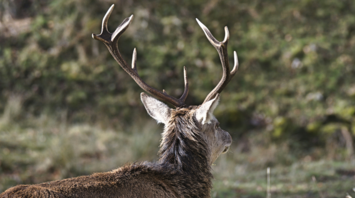Yellowstone Warns Visitors of Increased Elk Aggression Ahead of Breeding Season

Yellowstone National Park is advising guests to remain vigilant as the elk breeding season approaches draws near over the coming two months. In this period, bull elk tend to grow hostile and unpredictable, increasing the risk of unexpected assaults. It is advised to keep a secure gap from the animals and take additional precautions, such as peering around edges prior to leaving buildings and moving away if an elk approaches too near. If an elk attacks, guests should seek safety inside a car or behind a sturdy obstacle, or flee if no cover is accessible.
The park accommodates a significant population of elk spread across multiple herds, often seen in areas with hot springs and near flowing rivers. While taking pictures of these magnificent animals is a common pastime, it is advisable to utilize a zoom lens with a focal length of to keep a secure distance. Grasping elk behavior and keeping a safe distance is essential for guaranteeing guest security and safeguarding animals.
Strict rules are in place throughout the reserve to maintain its natural habitat and ensure a secure visit for every guest. Visitors are likewise prohibited from pursuing, feeding animals, and straying from marked trails, especially in delicate geothermal areas. Other prohibited actions involve tossing objects into geothermal formations, bathing in hot pools, and collecting natural or cultural artifacts, like blossoms, antlers, rocks, and spearheads.
To better protect the reserve's habitats, actions like off-trail driving, cycling, camping beyond assigned areas, and using spotlights on wildlife are not permitted. Smoking is prohibited in thermal basins and within 25 feet of entryways, and operating electronic equipment to track animals or operate drones is firmly forbidden. Guests are encouraged to familiarize themselves with all reserve regulations to guarantee a secure and enjoyable visit for everyone.
By following these rules and showing respect for wildlife, guests can contribute to the protection of the reserve's distinctive habitats while enjoying a secure and unforgettable visit. Staying vigilant and practicing care, especially during the elk breeding period, are crucial for minimizing dangers and maintaining the reserve's natural charm for posterity. Keep in mind, a thoughtful approach benefits both the guests and the park's varied wildlife.



















